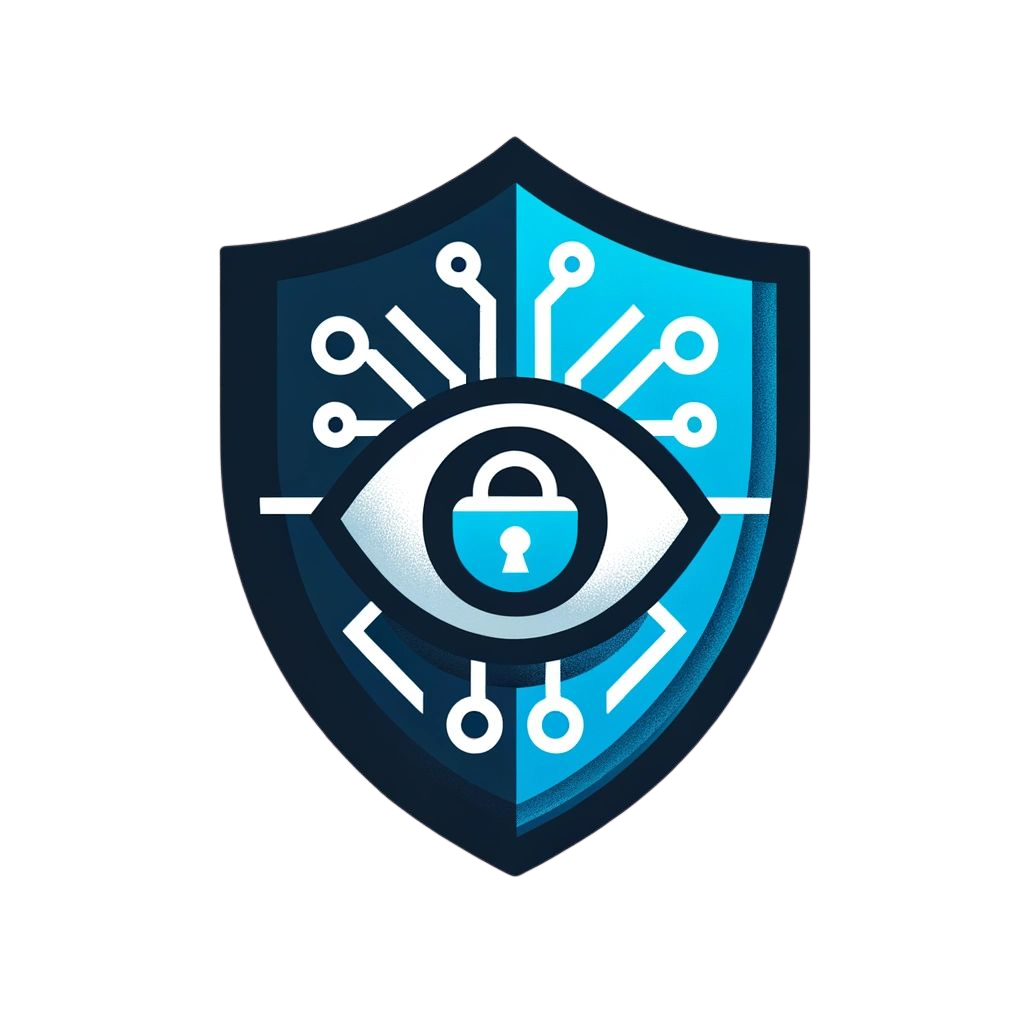

Cybersecurity has long been defined by digital borders—network perimeters, firewalls, and hardened endpoints. But today, the most vulnerable surface in an organization isn’t a server, application, or device. It’s a person.
As modern workflows expand across smartphones, messaging apps, and public clouds, the traditional perimeter has effectively disappeared. At the same time, attackers have shifted their strategies away from exploiting technical vulnerabilities and toward manipulating human behavior—weaponizing trust, urgency, and context.
The new battleground isn’t technical. It’s psychological.
And it’s getting smarter.
A New Era of Cyber Deception
“Threat actors tend to exploit the weakest link in the chain—and today, that’s clearly the human element,” said Jim Dolce, CEO of Lookout. “People have become the primary target in the evolving threat landscape.”
Social engineering has always been an effective tactic, but the rise of generative AI has drastically raised the stakes. Threat actors now use AI to craft tailored spear phishing messages, simulate voice calls from executives, and even create deepfake videos—tricking employees into taking actions they’d otherwise question.
Dolce pointed to recent high-profile breaches at major hospitality chains where attackers didn’t break in through firewalls—they logged in using stolen credentials harvested through mobile phishing schemes. The impersonation of a trusted colleague, especially when delivered via a text message or phone call, can short-circuit a person’s judgment. These attacks are often short, simple, and urgent—designed to create a sense of immediacy that overwhelms cautious thinking.
And while enterprise defenses have long focused on protecting desktops and email gateways, mobile devices remain undersecured, underwatched, and overexposed. Unlike email, SMS and messaging apps don’t offer clues about sender domains or metadata. Users are often left to make split-second decisions on whether to trust a message based on tone and timing alone.
Mobile Devices: The Frontline of Exploitation
Modern cyberattacks increasingly target users via their mobile phones. That’s where people read texts from unknown numbers, receive spoofed calls, and see urgent messages demanding action. The challenge is compounded by the fact that mobile devices blur the boundary between work and personal life, operating outside of enterprise security stacks while handling sensitive tasks and data.
Attackers know this—and they’re taking full advantage.
“You can invest in training to help employees identify, prevent, and respond to cyber threats, but it’s not enough to stop highly sophisticated or stealthy attacks,” Dolce noted. “For example, an attacker using phone number spoofing—falsifying caller ID to appear as a trusted or familiar contact—is extremely difficult to train against.”
This isn’t hypothetical. Threat actors can now clone a person’s voice with seconds of publicly available audio. Tools already exist to generate synthetic video in real time. And with services capable of spoofing phone numbers or mimicking familiar writing styles, a message that sounds legitimate often is enough to prompt dangerous action—especially from a mobile device, mid-task, on the go.
Security That Accommodates Imperfection
For years, the phrase “the user is the weakest link” has been a cybersecurity cliché. It’s also been a convenient scapegoat.
But in a world where even seasoned professionals struggle to detect deepfakes or spoofed numbers, blaming the user is not just unfair—it’s a strategic failure.
People will make mistakes. They’ll click links, follow instructions, and respond to messages that feel real. Designing security systems that assume perfection from the workforce is a losing game. Instead, security needs to adapt to human behavior, not punish it.
This means rethinking everything from phishing simulations to endpoint controls. It means shifting from reactive detection to proactive defense. And it requires AI—not as a buzzword, but as a foundational component of human-centric protection.
Security tools must now operate with context—understanding what’s normal for each user, detecting anomalies in real time, and blocking deceptive messages before they reach a recipient. Protection must extend beyond managed devices and email filters to encompass mobile platforms, personal apps, and cloud-based collaboration tools.
Human-Centric Risk Is Enterprise Risk
The shift toward human-layer attacks represents a significant business risk. When an employee is tricked into giving up credentials or transferring funds, the damage extends beyond IT. It impacts compliance, brand reputation, and trust.
That’s why human-centric security must be elevated to the level of enterprise risk management. CISOs and CIOs must collaborate with HR, legal, and executive leadership to embed security into organizational culture—while simultaneously deploying the right technology to defend employees in the moment.
Real protection means giving users the benefit of the doubt—and the tools to make better decisions.
Anticipating the Next Evolution
This problem will only get worse. As AI technology becomes more accessible, cheaper, and faster, attackers will become more convincing, more scalable, and more automated.
The good news? The same technologies that empower adversaries can also be used to defend against them—if we move quickly and think differently. The future of cybersecurity won’t be built just on stronger walls. It will be built on smarter systems that understand people—how they think, how they behave, and how to protect them from exploitation.
Because in today’s threat landscape, trust is no longer a given. It’s an attack vector.




